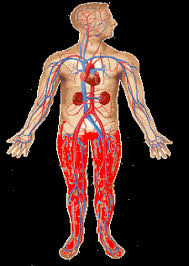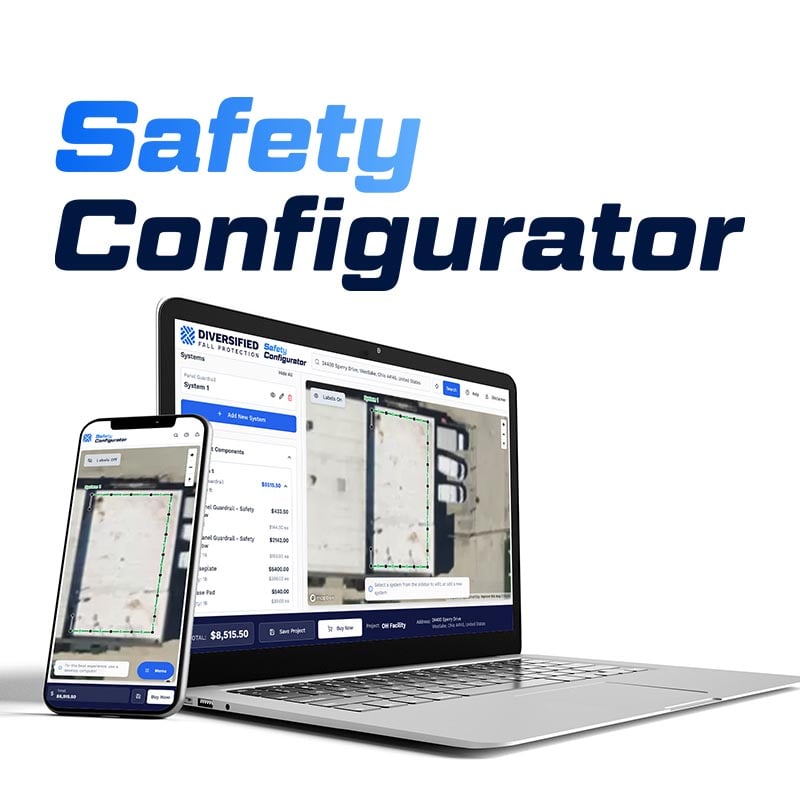Planning For After The Fall: Why Rescue Plans Are Important
 When folks begin learning about fall safety, they gravitate toward the fall protection systems, best practices, and PPE designed to prevent or arrest falls. All of this is a good start—but learning about the dangers present after a fall is arrested is of equal or greater importance.
When folks begin learning about fall safety, they gravitate toward the fall protection systems, best practices, and PPE designed to prevent or arrest falls. All of this is a good start—but learning about the dangers present after a fall is arrested is of equal or greater importance.
When a tied-off worker slips and plunges toward ground level, a properly designed and installed fall arrest system deploys and absorbs the forces associated with the fall, preventing contact with structure below—and/or ground level. In this case, the worker is suspended somewhere between the work surface and ground level. The fall arrest system has done its job, and yet, without a prompt rescue, the same system that arrests a fall can threaten an employee’s life.
Suspension Trauma
Suspension for as little as five minutes causes the pooling of blood in the lower extremities, which reduces the flow of oxygenated blood to vital organs, including the heart, kidneys, and brain. Prolonged suspension in a harness can trigger orthostatic intolerance (also known as suspension trauma or orthostatic shock) which in severe cases, causes unconsciousness and eventual cardiac arrest.
What are the Symptoms of Suspension Trauma?
Fall victims experiencing faintness, trouble breathing, sweating, blurred vision, dizziness, or nausea, may be approaching orthostatic intolerance. Factors such as injuries sustained during the fall, fatigue, dehydration, and hypothermia can affect the degree of risk for suspension trauma.
Preventing Suspension Trauma
The best way to prevent suspension trauma is to plan and train for rescues BEFORE a fall occurs. Utilizing systems that minimize fall distances, employing SRL’s with built in manual or automatic descent control mechanisms, and providing body harnesses with built in trauma straps will greatly reduce the suspension trauma risks. Also, training your personnel and practicing rescue procedures before a fall gives your employees the best chance of surviving a fall/rescue without succumbing to suspension trauma. With proper training, employees should recognize how to:
- Select application specific/properly fitting PPE
- Identify the signs of orthostatic intolerance and recognize increased risk factors
- Quickly rescue a suspended worker to diminish suspension trauma risks
Remember, OSHA 1926.502 (d) and 1910.140 (c)(21) require that employers provide for the “prompt rescue of employees in the event of a fall.”
Monitoring Victims During and After Rescue
During rescue encourage the worker to keep their legs moving, push against available footholds, and adjust to a sitting posture with legs up as high as possible. It is also important to instruct the victim to pump their legs frequently to maintain blood flow and prevent venous pooling. Remember, the onset of suspension trauma can take place in as little as five minutes.
Once rescued, the worker should seek immediate medical evaluation. Suspension trauma can cause delayed internal effects such as kidney failure, which is difficult to assess at the point of rescue.
What’s Your Rescue Plan?
Providing fallen workers with an effective means of prompt rescue is every employer’s responsibility. And a well planned and executed rescue plan is crucial to protect workers from the harmful effects of suspension trauma. If you already have a rescue plan, review your protocols, train your employees, and practice rescues on a regular basis with an eye toward exposing weaknesses and areas in need of improvement. If your company does not have a formal, written rescue protocol, get to work on a plan before a fall occurs. To learn more about rescue plans and fall protection systems designed with a prompt means of rescue top of mind, contact the safety experts at Diversified Fall Protection for further assistance.
Schedule an assessment with Diversified Fall Protection
Contact Us to request a fall safety review

b-1.jpg?width=1368&height=1340&name=Rail%20(175)b-1.jpg)

